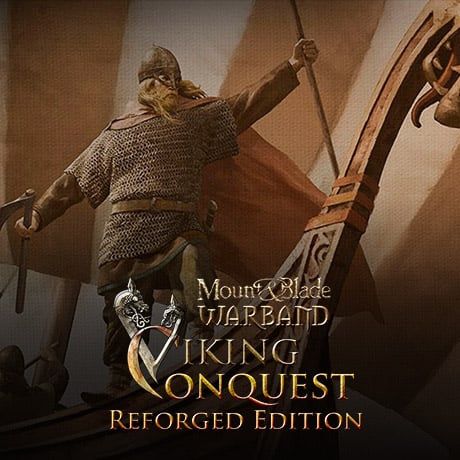Heyho Guys!
Long time no see, eh?
I just wanted to let you know that we lazy devs are back to work and we'll announce the upcoming revival update(the big one) very soon.
As allways you guys can track the current development here;
https://docs.google.com/document/d/15e4n496jBvKq1fg13KDeBZiIl2Z0Uq0PtyHaDmRZMIw/edit
These posts on the modding board are also related to the update, so it might be worth posting them;
So be prepared for a new era...
See yaa!
Long time no see, eh?
I just wanted to let you know that we lazy devs are back to work and we'll announce the upcoming revival update(the big one) very soon.
As allways you guys can track the current development here;
https://docs.google.com/document/d/15e4n496jBvKq1fg13KDeBZiIl2Z0Uq0PtyHaDmRZMIw/edit
These posts on the modding board are also related to the update, so it might be worth posting them;
_Sebastian_ said:Just a little shader sneak peak of the upcoming Battle of Europe update.
Stormy weather is beautiful isn't it?

_Sebastian_ said:The mentioned code is quite heavy.La Grandmaster said:That code was what initially got me interested in SSAO, its far from complete though, I cant remember if I could even get it working when I initially tried it. Yoshiboy (the author) did however get it to produce a much much better effect than I have ever been able to reproduce in M&B.
full article here - http://theorangeduck.com/page/pure-depth-ssao
You can achieve the same or better quality with less depth lookups and cheaper operations.
Rendering and blurring the SSAO in half resolution would make it 4 times faster and since you blur it anyway, you hardly could see any difference.
So I gave it a shot myself and the result is quite good.

The SSAO shader uses 8 depth lookups (+1 for base depth) per pixel and effects everything within a radius of 4 meters.
The result is blurred by a 15x15 bilateral filter based on depth difference and as I mentioned above everything is done in half resolution, so it's super fast.
It also provides countermeasures to avoid haloing...
The shader is actually a PostFX shader, but applied to a PostFX sampler that is passed to the shaders file.
So you can use it on every pixel shader you like, or not...
This way you're able to avoid occlusion artifacts on surfaces with manipulated vertices or materials that are not affected by the depth buffer, eg. particles, water, fog etc.
So be prepared for a new era...
See yaa!
























